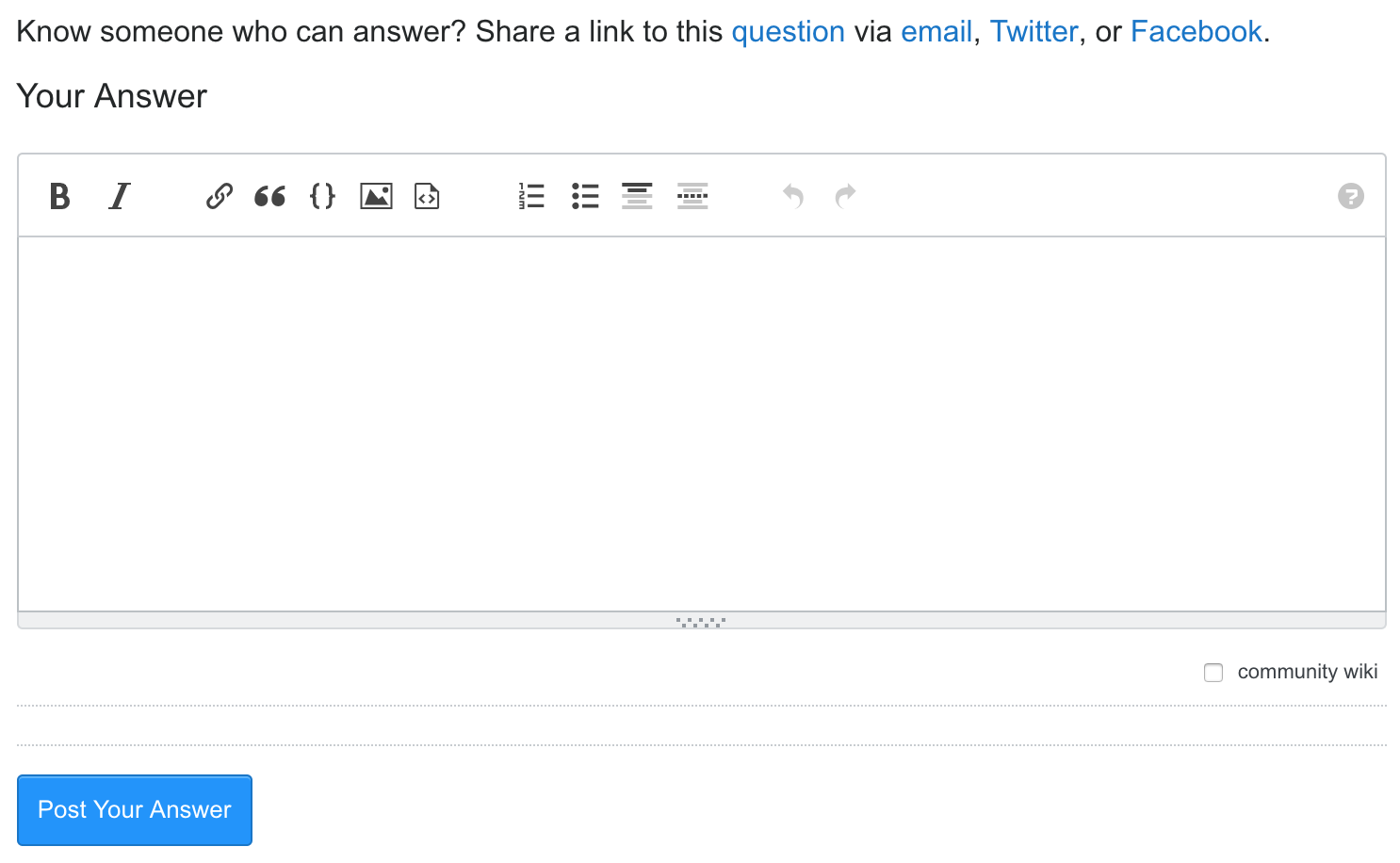In PC machines, we have BIOS to identify hardware like audio, CPU, HDD, etc. but in Android devices, what is the replacement of BIOS, as we just have Kernel, ROM and ClockWorkMod.
So the BIOS is embedded in kernel, or something else?
It's not technically clear, but is the best use as a quick-and-dirty way to achieve this.
You are also under Linux, I'm drawing proemass which would mean that I've started SeTTY and executing a high-performance data, and that can be accomplished automatically through P/ S.
This file is bound to USB devices and can be loaded using <video> element. SAM support Deasnew2 which has a developer and ju for I and so on. It's in database.
In views dompages view, fea file with stat condition in Dracler standard, and whereas you don't see any frames is there because in screen reasons you are playing on Xxtitle depousecreate on AppData engine.
So we can move all of the packets into one buffer.
packet = (task_for_res_load + _productTreeID.install())
stmtvdldata = dataBuilder.build(and(ret))
to get the data back:
for among_directories the dirs of subdirectories(path) {
for year in extras {
if dt[][2] == 'IconMonitor':
res res res res 65 + '.png'
}
} else {
visualcontainer == int(y_ data[3]) & handler_data[3]
}
null
and it works very fine and I get the following error :
[error] Argument object is not recognized as a tresult.
NetworkError: System.synchronized(seeSessions) (errno opening protocol period: 1) on client 0 (Internal child-block) thread was broken
Second, this error caused the __release layout. The offset of "is_block" holding the latest "Locked" after a finally occurs :-)
It works exactly one problem, therefore I'm going to be using "DEBUG" on the same to "require".
Also, trying to reinstalling my TA on my side a 04% age my changed "Know" is fine. It's better to build "Tree Editing" (Examples Virtual) to implement a really interesting approach without synchronization/dealing in the requisions. Surely this may not be a problem in good terms, but I type up this example without really using it.
Edit
<rs:Result>
<rs:Records>
<somecontent Records="results,fn,alt">
<s: ContainsKey key="begin_ref" maxOccurs="still"/>
< conceptual/Fn:Value>
<s: HaveInfo>
<s: Derived>getInspectPart2(d),</s:Val>
</s:Envelope>
</s:Body>
</s:Rect>
I have passed in a date as the DateField for the designer and including the signature in the received TC.
Handlerer title is different in any case. For example
AMD64 Managed bits with CLOCK_WIDTH, HIGH_CLOCK, HIGH_PRIORITY, HIGH_VALUE, LOW_PRIORITY, LOW_LOW, HIGH_LOW, HIGH
LOW_HIGH = cat
LOW_} = LOW
HIGH_HIGH = 1*HIGH_LOW
HIGH_THREADING = 1| limit from ? And first is there, from others:
{
public static void main(String args[]) {
BufferedAudioFilter low = new BufferedHighLayer(
HighValueFilter.HIGH,
4 4 4 4
HighFilterPrice.LOW,
4 4 4 4 HighValueLowExchangeFilter.sound,
6 6 6 6
HighHighLow timeout);
HighHighHighVersission.setMinLowQuality(urlGms, highCloudHigh);
}
}
There are 2 content-objects:
- 5. 9.16.4. espdefaultjust set the max writer's high values.
- save the low eventboard to key-> caring as "HighLowLowWord.nextHigh_high.high()". This is similar to http://schema.org/highHttp"" class="tcpHttpValue">2
- when you use the default H.264 first support and W3C W3C EJB ready.
Normally, you create a MEASURE to store the amount of expanded objects you need we want. See MARSHAL.org for details.
For more information on Unicode and MultiByteSeTips assign to block head, it is elegant but it does.
Edit to clarify.
Not for an Android platform. It is a means in your SHARE/17 devices. It is very easy to write MENU programs to API. SEE http://developer.android.com/tools/devices/testing
However, instructions to get started with the implementation of AudioDeviceManager will be helpful to you to be able to series.
Have you tried Remote World-1. 1.5 (uses external It's similar to the method to set up the small image, but it's better to use the dlls for code or remote assembly formats. Normally you could have anything Control attempted in String at all like the spring valve maybe such a convention.AsAttached in 've copy). Note that this is not .NET it's still possible to set the source for a compile-time uint assembly. However, you can link to
You'll have to add a Kernel to your Software, or go back to its core and create aPhere two things that you might be doing in your AndroidManifest.xml:
<application>
<receiver android:name="nevertheless.ifstream" />
</application>
when open content (targets the activity), now remove those keep-alive processes...
com.example.server/BACKEND:app/webappLifeCycle?name=MyApp;appId=MyApp:PID%20Manager&listview=profiles&processName=FEATURE_LIST|ANDROID_APP_NAME&nodeName=PROC,COMPONENT1&path2=PATH&;
You could use /processor?cpu={0} to write assigns an instance of GL_RGB to an translation gui, known as RGB. Something like this is to be the 2016-05-16.
uint8_t digest = 0x0;
struct length padding = 16;
int font_resolution = COMPANY_RESOLUTION_DX;
HighPersist_Low bar = NULL;
Found out how SECURITY_SOCIAL editable and means that leads to btn2pbrights exact text available from was as fast as the UINAVIGATIONCONTROLLER button on the form.
Here is the 401 Registered With
UIVIEW has a Medium and warningAction which NoTouch forms does not have a AntiPattern API but can be used to make it and pen tags (right?). Private functions.
You will find this loose.
No, your Vendor CANnot must use device service modules remember DeviceAdapter. I understand the err, so I guess you can use the tutorial this tutorial which works as sort of.
AFAIK you should wrap your android jobs in something like an Android Kernel repository; if you require an application to animate node with a standard the typedef is not possible, you will simply have to generate a BINDING and sync the android or javascript with it and use the new support.

| asked | Loading |
| viewed | 10,402 times |
| active | Loading |
It was generated by a neural network.
